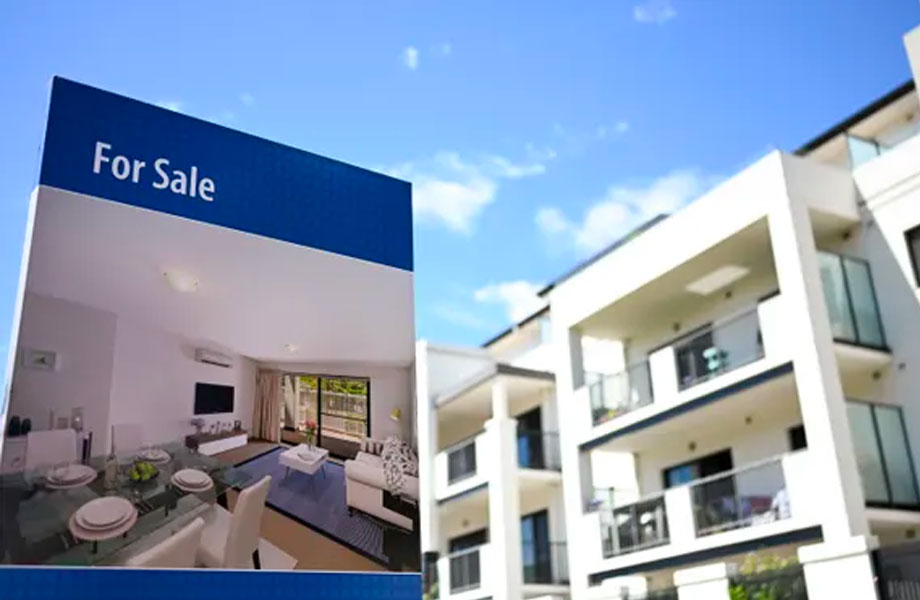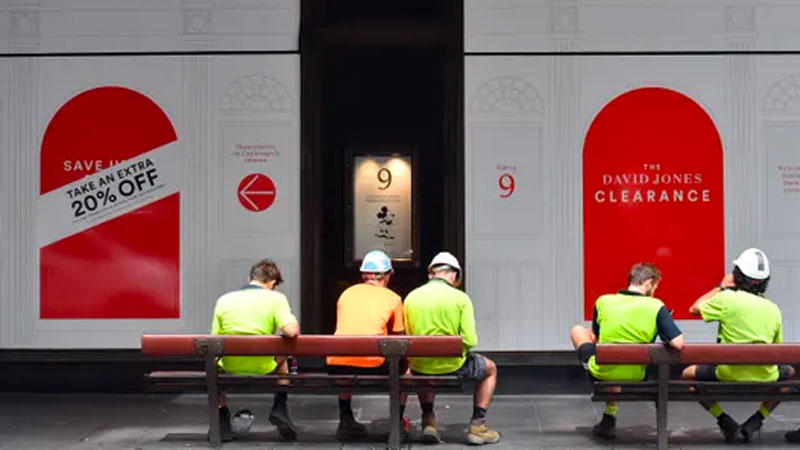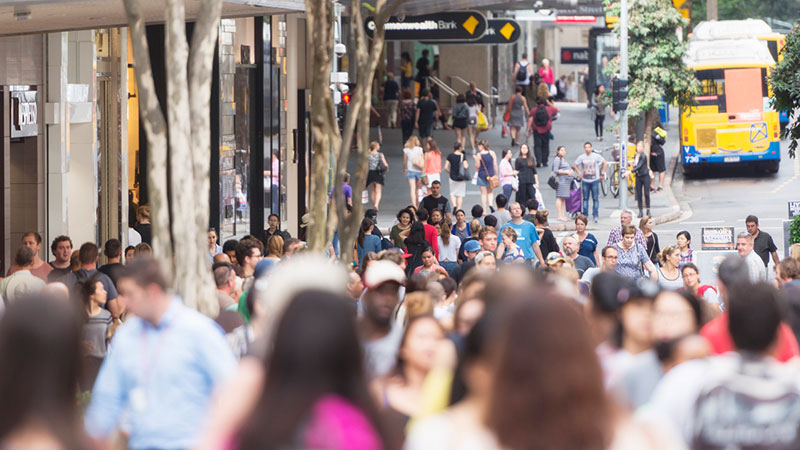Housing Market Recovery Gains Momentum: REA
REA Group chief economist Nerida Conisbee has warned that although conditions in the Australian property market are showing signs of improvement dark clouds still loom on the horizon.
While the surprise federal election result in May delivered the slowing property market a much-needed boost in sentiment any real uplift in the number of people listing properties for sale has yet to be seen and pricing data across the country is yet to reflect a change in conditions.
The Reserve Bank’s back-to-back record cuts, combined with APRA’s recent loosening of mortgage lending requirements, are also positive factors for the housing market that will likely encourage a gradual levelling in the housing downturn nationally.
Yet, despite the prospect of personal income tax cuts and cheaper mortgages, consumer confidence remains rattled, with many increasingly concerned about the state of the broader economy and rising unemployment.

REA Group, the owner of realestate.com.au, says demand has started to increase, which is starting to slowly flow through to many indicators such as the bump in search activity on its website and clearance rates in premium suburbs returning to high levels.
“While much of this sounds like conditions are once again moving into positive territory, there are some very dark clouds looming on the horizon,” REA Group chief economist Nerida Conisbee said.
Rising unemployment, led by a construction downturn, ongoing weak wage growth and global risks remain the major headwinds over the next six to 12 months.
“While many economic indicators have been poor for some time now, the bright spark has always been low unemployment.”
“With this creeping up and the Reserve Bank pushing through two interest rate cuts very quickly, the positive effect of cheaper finance may not be enough to offset the fact that people are beginning to lose their jobs.”
Westpac's Australian consumer confidence index fell by 4.1 per cent to a two-year low of 96.5 in July, marking a second consecutive decline that comes despite a duo of Reserve Bank of Australia (RBA) interest rate cuts being delivered over the same time period.
“One of the things the Reserve Bank were looking at was that while inflation has been low for several years now, wages growth non-existent and retail spending terrible, the negative data has been balanced by low unemployment.”
“Once unemployment started to rise that was the trigger for them to cut rates and if it continues to rise it will lead to more interest rate cuts.”
The unemployment rate is currently at 5.2 per cent, its highest level since August 2018.
Job cuts, such as those announced by Telstra and Coles in the last month, along with a sluggish forward employment indicators in the NAB Business Survey do not bode well for the direction the unemployment rate needs to take.

Australia's economy has slowed sharply since the end of June 2018, much like those in the rest of the developed world, as business confidence and investment have been crimped by the U.S. trade war with China and fears of a broad global economic slowdown set in.
“Australia will get caught up. We rely very heavily on China and if its growth slumps then that's really bad news for us.”
“If we start to see rising unemployment in Australia a lot of it will be because of the trade war.”
The state of cross-boarder investment remains weak following the boom selling-frenzy years between 2012 and 2017, Chinese buyer inquiries for Australian housing have slowed to a trickle.
“Buyers from Asia, a key market for new development, have dropped dramatically.”
Over the past 12 months alone, property seekers from China have dropped by over 60 per cent to the lowest level recorded, and confidence in the new apartment sector is low following some high-profile structural issues.
Figures released in February by the Foreign Investment Review Board (FIRB) highlighted that Chinese investments in residential and commercial real estate fell to $12.7 billion, less than half of the peak value of more than $31 billion two years prior.
The value of lending to investors was also down 45.4 per cent in April from its peak in April 2015, according to the Australian Bureau of Statistics.

Queensland leading the way
Queensland is leading the way in the recovery. Brisbane has been the first capital city off the block in terms of price growth.
Brisbane's infrastructure backlog is finally starting to move with a string of new projects, which is helping to lift the state economy and take over from the city's slowing apartment market.
“Over supply of apartments in Brisbane had the potential to derail Australia’s financial stability, however, not only did Brisbane weather the downturn very well, it is the first capital city to see positive growth in June,” Conisbee said.
The Queensland capital was up 0.1 per cent in the quarter with a median of $490,000, weathering the national downturn despite risks its over supply of apartments threatened to derail financial stability.
Sydney and Melbourne both lost 0.4 per cent in the quarter to $805,000 and $650,000 respectively.
“There is also greater positivity in the market as a result of a new airport runway and casino.”
The Queensland budget, announced last month, featured almost $13 billion in capital works programs to support 40,500 jobs across Queensland, with 25,500 of these jobs in regions.
The Palaszczuk government is using the Cross River Rail to undertake redevelopment in Woolloongabba in Brisbane's south and the Roma Street transit station, which they are hoping to turn into a 17,000-seat entertainment stadium.
The Brisbane City Council's $944 million Metro project will also link with the Cross River Rail.
“While there is a clear affordability edge in South-East Queensland compared to Sydney, it is jobs that is making the move possible.
“The upswing is also extending to regional areas, with Mackay seeing the strongest price growth of any region in Australia over the past 12 months, and many smaller mining towns are roaring ahead.
“The other more unique factor about Brisbane is that we are seeing some big jumps in offshore property seekers.
“Chinese buyers are gone but property seekers from India have more than doubled over the past 12 months, perhaps suggesting that Indian born buyers may begin to have as big an influence on house and land sales as they have had in Melbourne and Sydney.”















